
Paving the way to
Cognitive Cities
AI marks the next stage in urban evolution. It doesn’t just connect systems, it learns how cities work, predicts events, simulates responses, and orchestrates the best solutions to minimize side effects. The outcome? Cities that are resilient, adaptive, and truly prosperous.
This is more than “Smart.” This is the dawn of the Cognitive City.
While many cities invest heavily in Smart infrastructure only to later retrofit AI, our approach is different: we deliver the first natively built AI platform. That means integration from day one, saving both time and resources.
With every step forward, AI powers automation, communication, and decision-making—gradually layering intelligence until your city becomes fully cognitive. Start Smart, evolve fast, and arrive at the future ahead of the rest.
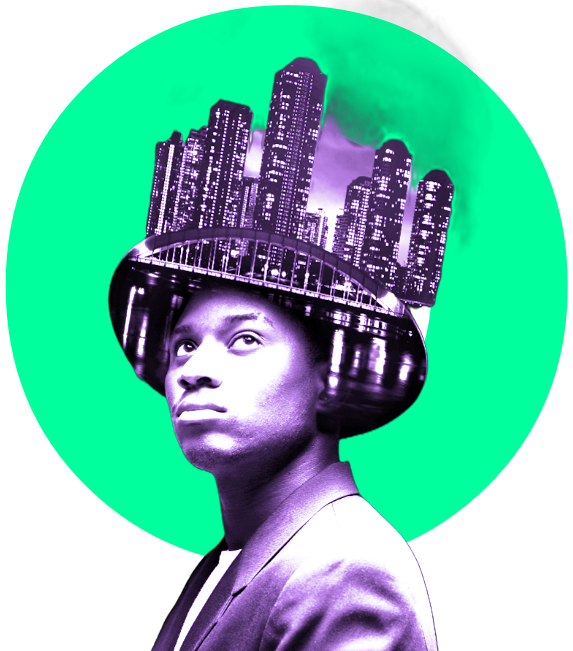


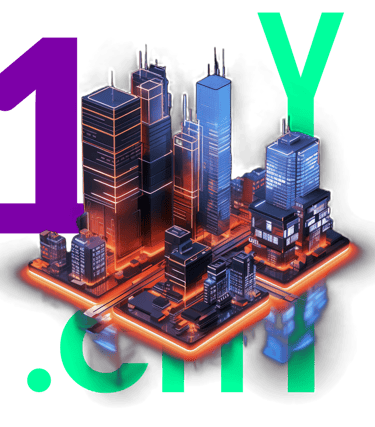
1.
We often hear the phrase “a vibrant city,” but true progress lies in sensing its real pulse. Each vibe or area may require its own expertise and dedicated teams, yet if information systems remain isolated in silos, the city becomes less effective. Only by connecting these pulses into one rhythm can a city truly thrive.
From Silos to AIoT
For decades, suppliers have fueled information silos in cities—vertical systems designed to work in isolation, as if splitting data into smaller islands would somehow make management more efficient. The truth? It only makes cities slower and less connected.
AI changes the game. You don’t need dozens of separate systems anymore—you need specialized AI agents orchestrating everything inside one integrated platform. That’s the leap from IoT to AIoT.
SENSE THE CITY Pulse
SENSE THE CITY
AI gets smarter as it learns from the city itself—but first, you need to plug it into the city’s pulse. It’s challenging, especially with legacy tech and vendor lock-in, but it’s the key to future-proofing your city.
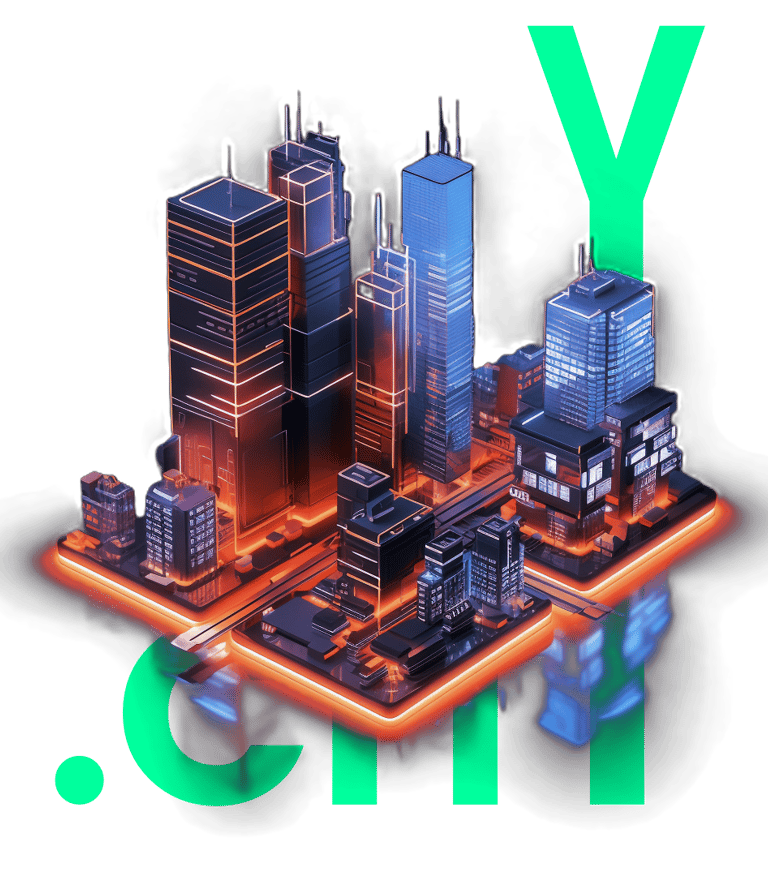

AIoT City
All sensors and systems converge into a unified platform. Event-based computing meets AI agents trained to “feel the pulse” of each urban vertical, report intelligently, and automate repetitive tasks. The result: a connected city that breathes as one smart, learning organism.
AI-Powered Verticals
Converging management systems, real-time data, and AI agents unlock a new era of city automation. Agents sense the pulse, manage requirements, and report accurately—closing the execution gap and driving Public Service Excellence.
IoT Platform
“Bring your own sensors—we’ll integrate them.” An open IoT platform lays the foundation for a truly Smart City while showcasing your city as a leader: a hub for IoT suppliers and a model for other cities facing similar challenges.
API Platform
Extend the same approach to software systems. Integrate via APIs and let AI agents orchestrate city operations seamlessly.
AI-Powered Verticals
Orchestrated AI agents take over city-specific management areas, unlocking a new level of automation and efficiency!

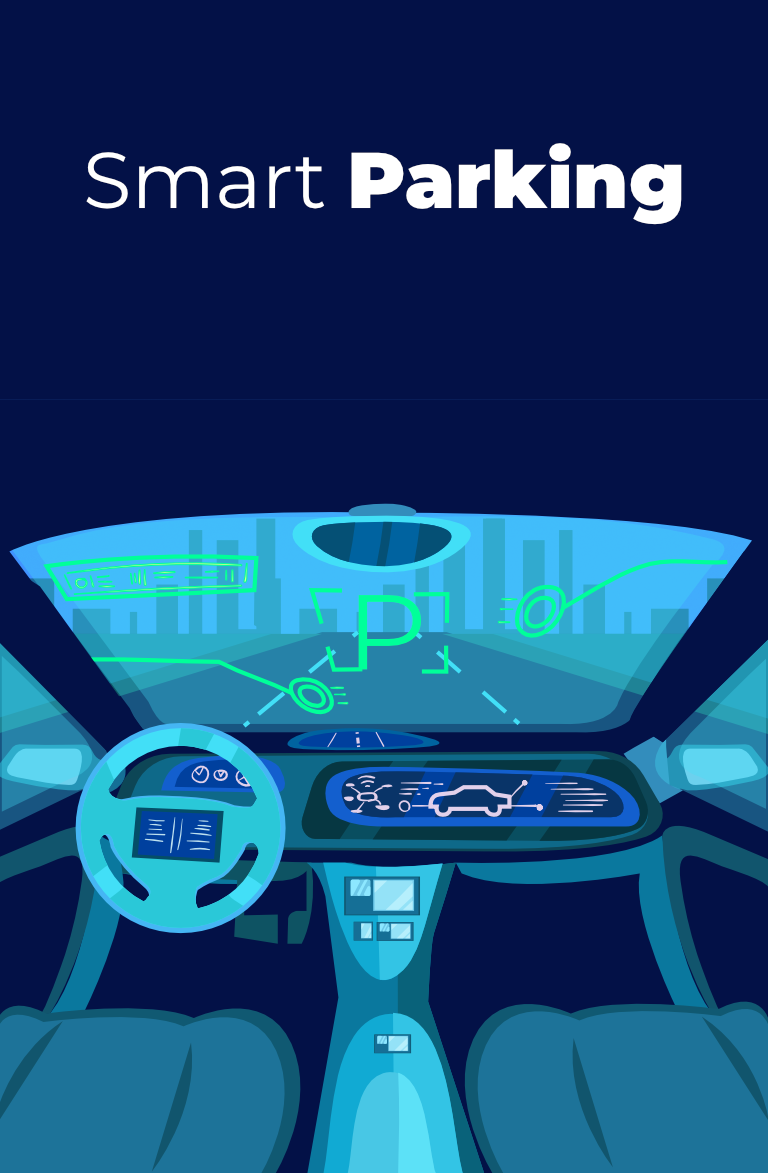


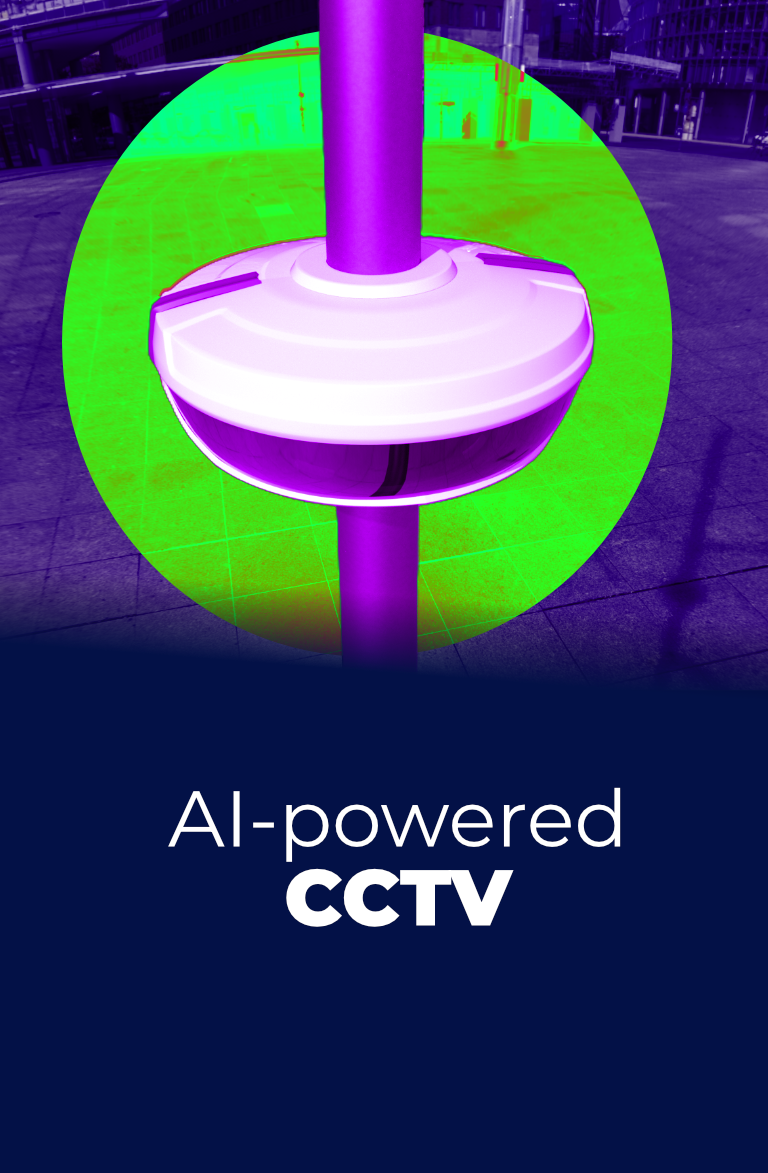
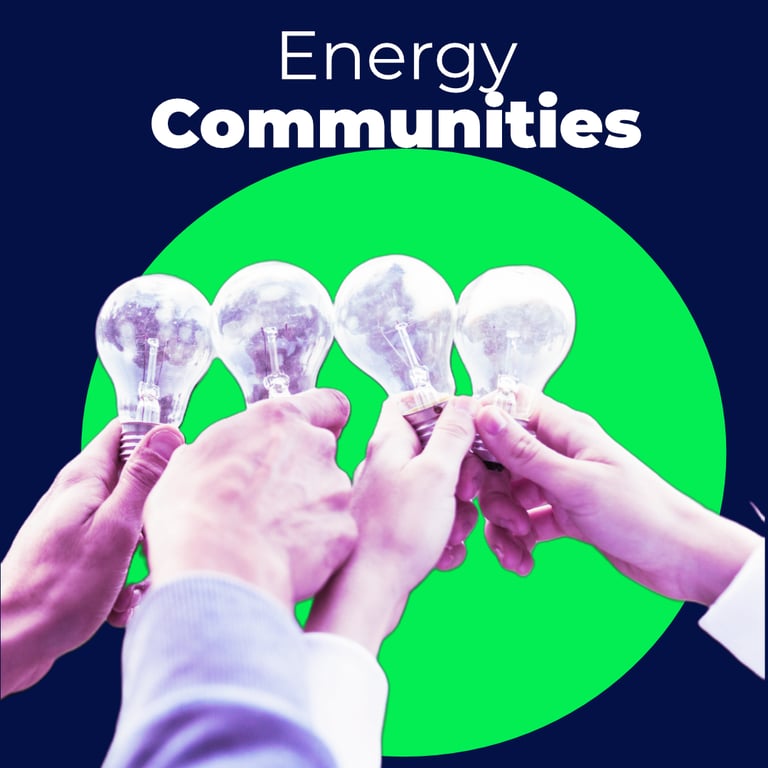
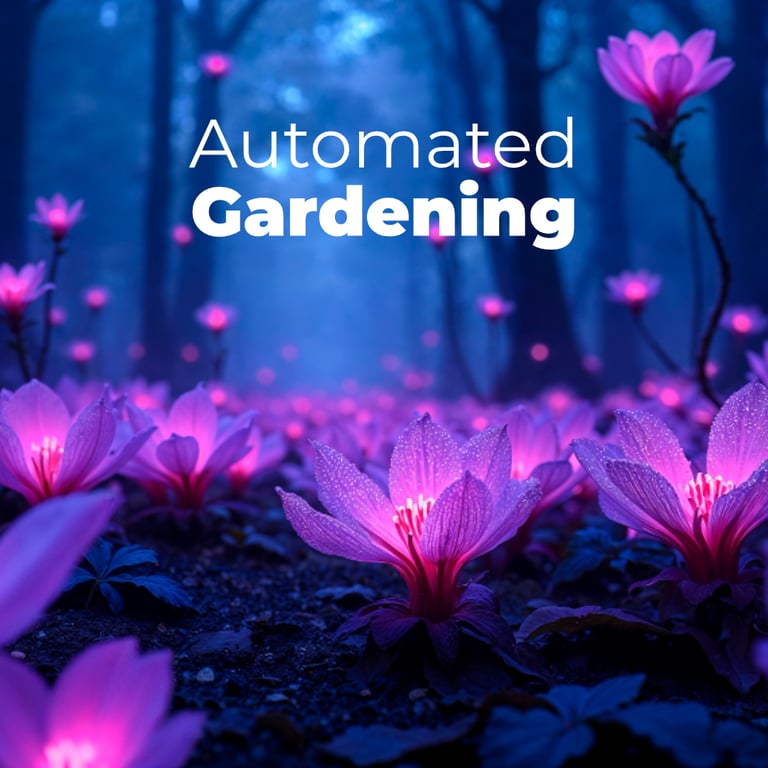
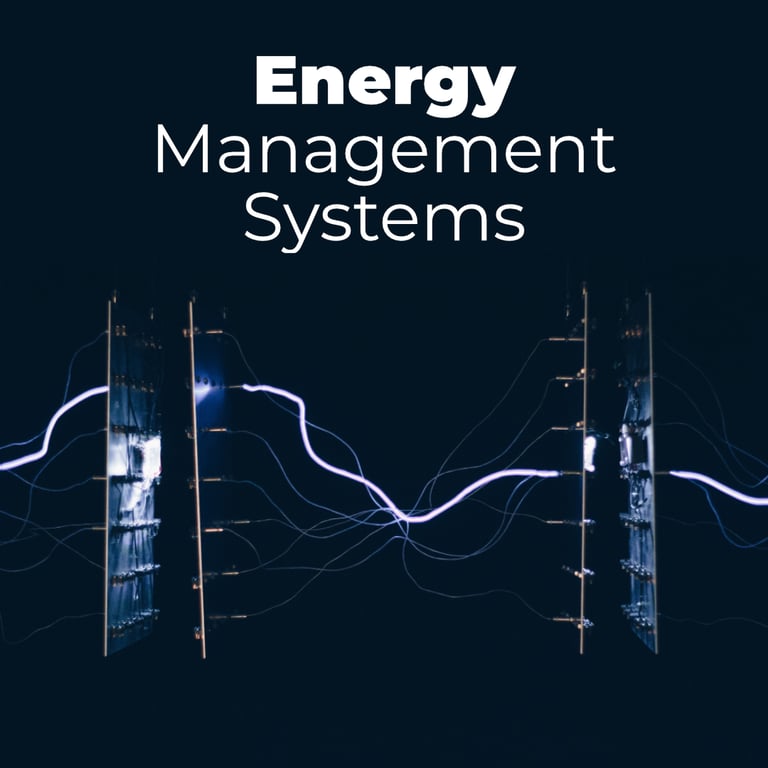
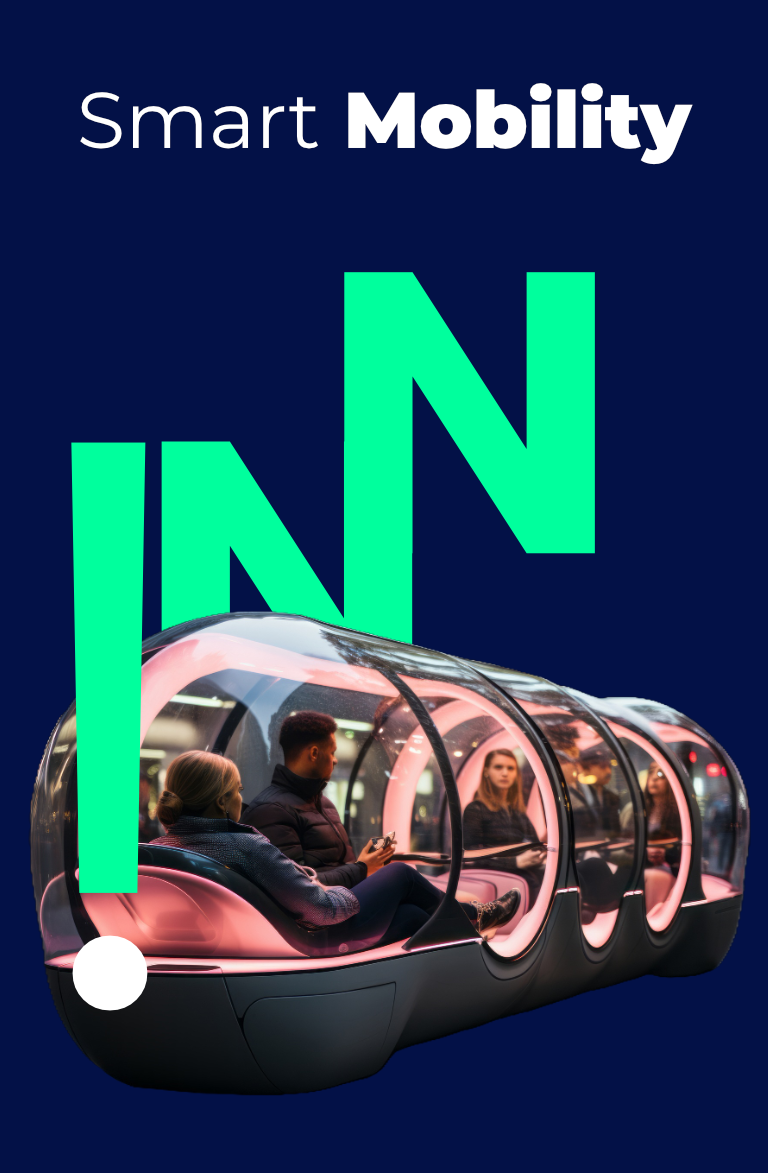









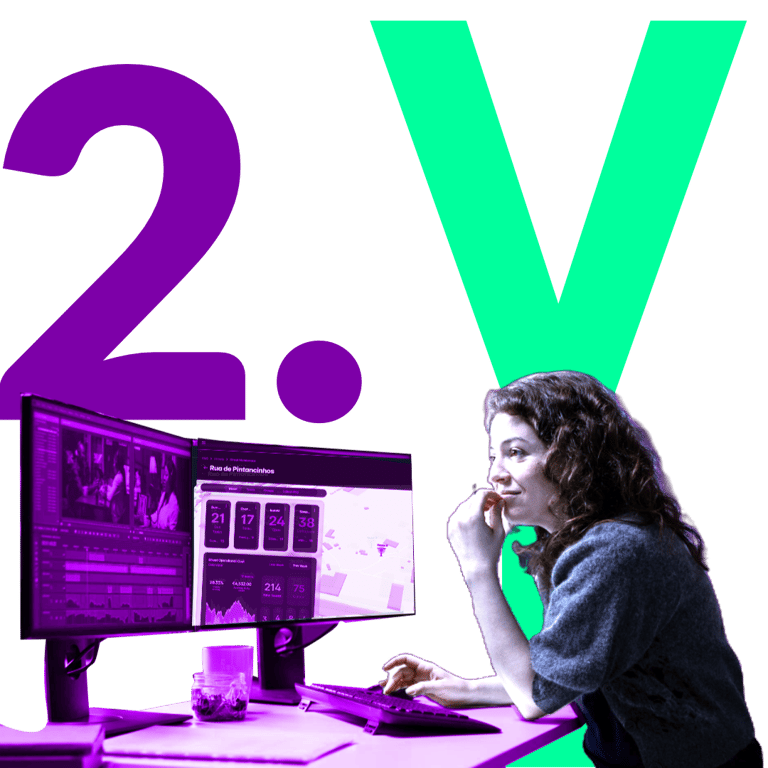

2.
CITY DIGITAL TWIN + ai!
Our City Digital Twin isn’t just a map: it’s a living, breathing replica of your city. Streets, buildings, utilities, services, and even citizen interactions are modeled in real time, giving you complete visibility into every pulse of urban life.
Add AI world-model capabilities, and you move far beyond traditional chatbots or LLMs. This isn’t AI just for conversation: it’s AI that executes. Agents can automate workflows, manage infrastructure, coordinate services, and act on data in real time. The city doesn’t just learn, it performs.
The benefit?
Operational efficiency, faster service delivery, and a city that runs smarter from day one.
AI CITY DIGITAL TWIN
A City Digital Twin is more than a map—it’s a living, digital replica of your city. Roads, public spaces, utilities, services, even social and economic activity are mirrored in real time, fueled by IoT sensors, GIS data, and countless other streams flowing into one platform.


Decisions Backed by Evidence
Dynamic dashboards and control panels put KPIs at your fingertips. Add AI agents and machine learning analytics, and you get the power to detect inefficiencies, recommend improvements, and even automate decisions—all grounded in data.
Unlimited AI Simulation
Test new policies, infrastructure upgrades, or operational changes safely in the digital twin before deploying in the real world. Detect bottlenecks, optimize corrections, and refine until you have the perfect plan. Management shifts from gut instinct to confident, evidence-based action.
Integration at its Core
Our platform doesn’t just unify sensors and third-party systems; it also natively embeds our AI for Public Service Excellence. The result? A complete, real-time view of city events and a true 360º interaction with citizens and stakeholders.
From Snapshots to Live Streams
Forget static, siloed “pictures” of the city used for future planning. With real-time monitoring, you manage from a live “movie” instead—tracking traffic, energy, water, and infrastructure as it happens, and acting instantly.
3.
AI mETAVERSE TWIN
One of the most common criticisms of City Digital Twins is their tunnel vision: they obsess over infrastructure and services while forgetting the city’s most important asset—its people! And let’s be honest: training AI agents on a city model without its citizens is like building an empty shell.
As Smart City planners, we know better. That’s why we started with Public Service Excellence, placing people at the core of our Digital Twin. But here’s what we learned: most of the data generated today feeds KPIs—useful, yes—but it often pushes aside the real driver of change: behaviour.
A thriving city doesn’t just measure; it transforms. That’s why we coined a new formula: KBI—Key Behavioural Indicators. Because progress isn’t just about roads and services, it’s about how people live, act, and adapt.
The next challenge? Building a Behaviour Twin. Our answer: the Metaverse Twin: a space where citizens’ digital twins interact, bringing human behaviour into the city’s digital brain. Without it, you’re just running an NPS (Non-People System).
AI METAVERSE TWIN
A Digital Twin shows the city’s infrastructure, but a Metaverse Twin captures its soul: the people, behaviours, and community. It’s where citizens, tourists, and investors engage with the city in new, immersive ways.
Tourism Metaverse
Let visitors explore your city from their couch. Virtual streets, local avatars, and AI influencers turn curiosity into visits, and visits into loyalty.
Real Estate in Metaverse
People don’t just buy houses, they integrate communities. A City Metaverse lets them experience both, making it a powerful tool for real estate and a new source of city funding.
Behaviour Change Management
A thriving city is built on behaviour. In the Metaverse, citizen avatars live, interact, and evolve—strengthening community bonds and driving sustainable change.
Education & KBI Influencers
In the Metaverse Twin, education is immersive. AI-powered avatars of historic or local figures inspire citizens and influence Key Behavioural Indicators (KBI). Cities like Montgomery already used this to recreate Martin Luther King Jr.’s march.
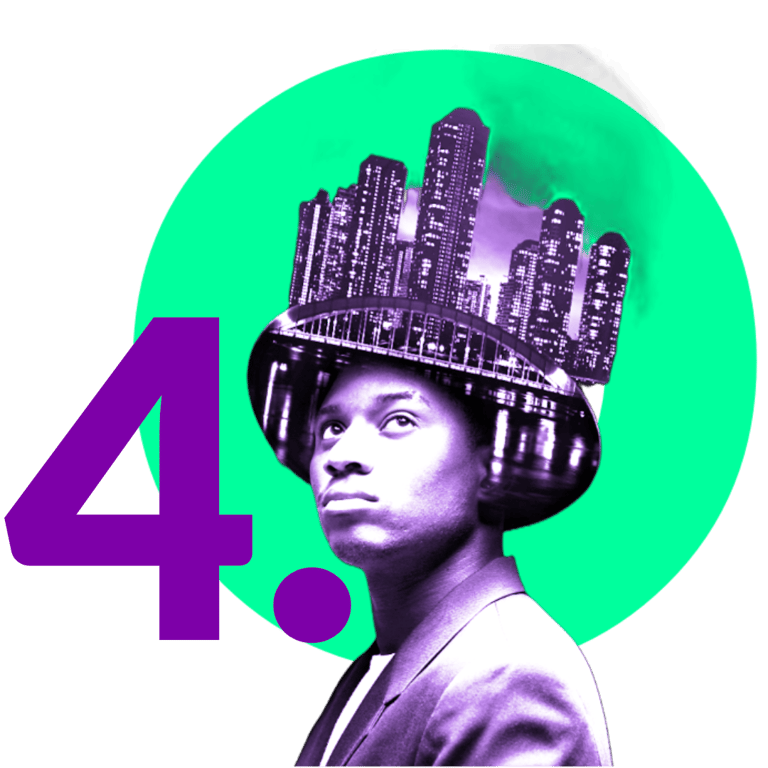

4.
COGNITIVE CITIES
A Cognitive City is the next evolution of a Smart City—one that doesn’t just connect sensors and systems, but understands, predicts, and acts. It uses AI to continuously analyze urban data, simulate scenarios, and orchestrate operations, creating a city that is adaptive, proactive, and self-optimizing. Unlike traditional Smart Cities, which often react to events or rely on static dashboards, Cognitive Cities can anticipate challenges, optimize resources in real time, and deliver better services to citizens automatically.
HOW AI EVOLVES A TWIN INTO A
COGNITIVE CITY
A City Digital/Metaverse Twin is a live, dynamic replica of the city, modeling infrastructure, services, and activity in real time. When you layer AI on top of this twin, it becomes cognitive:


Orchestration
AI agents can coordinate workflows, automate routine tasks, and respond to events autonomously, creating a city that continuously learns and optimizes itself.
Integration
Sensors, IoT systems, and third-party platforms feed AI with real-time data, allowing the Cognitive City to operate as a single, intelligent system rather than siloed networks.
Prediction
AI can forecast traffic, service bottlenecks, energy peaks, and other urban events before they happen.
Simulation
Planners can test policies, operational changes, or infrastructure projects in the digital twin safely, refining them before real-world implementation.
Subscribe to our newsletter
Enjoy exclusive special deals available only to our subscribers.
